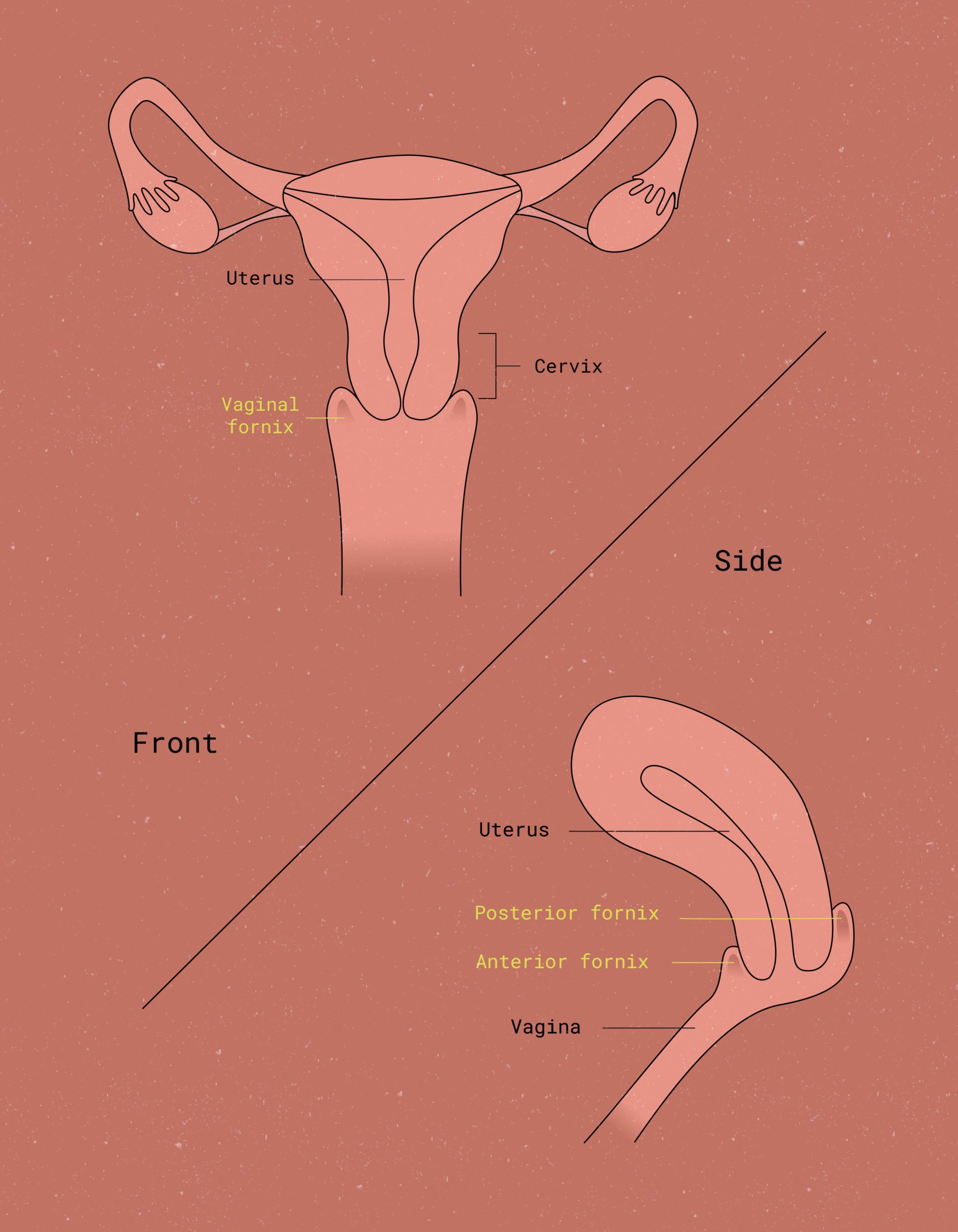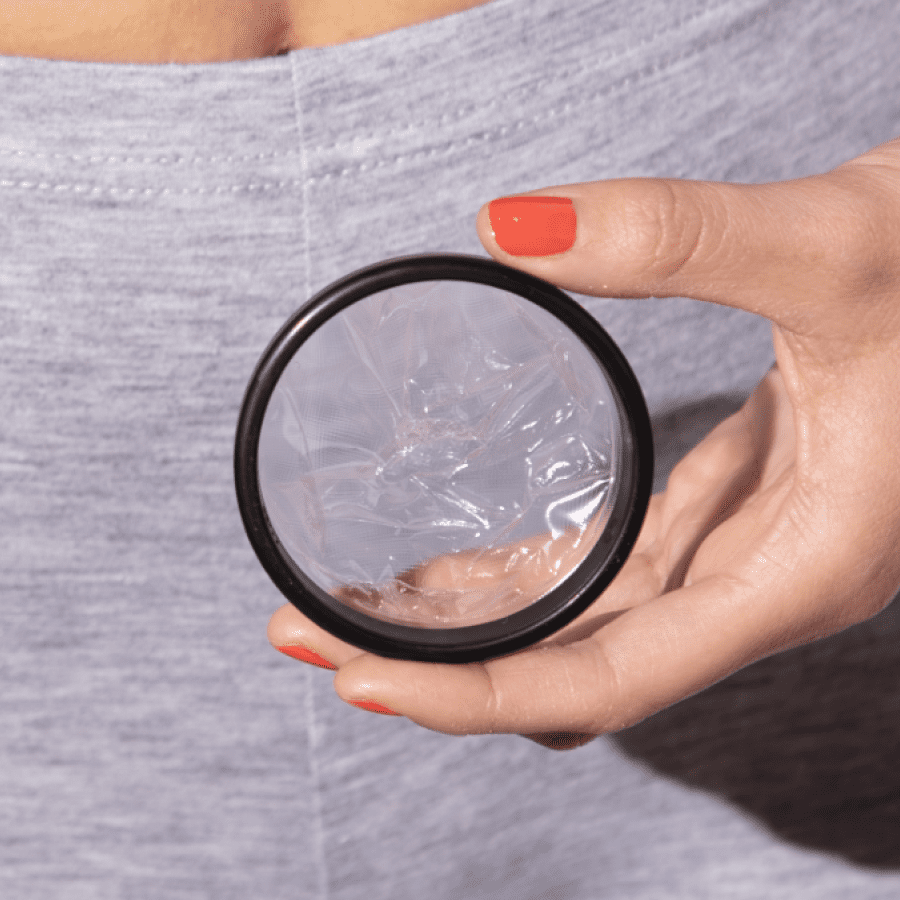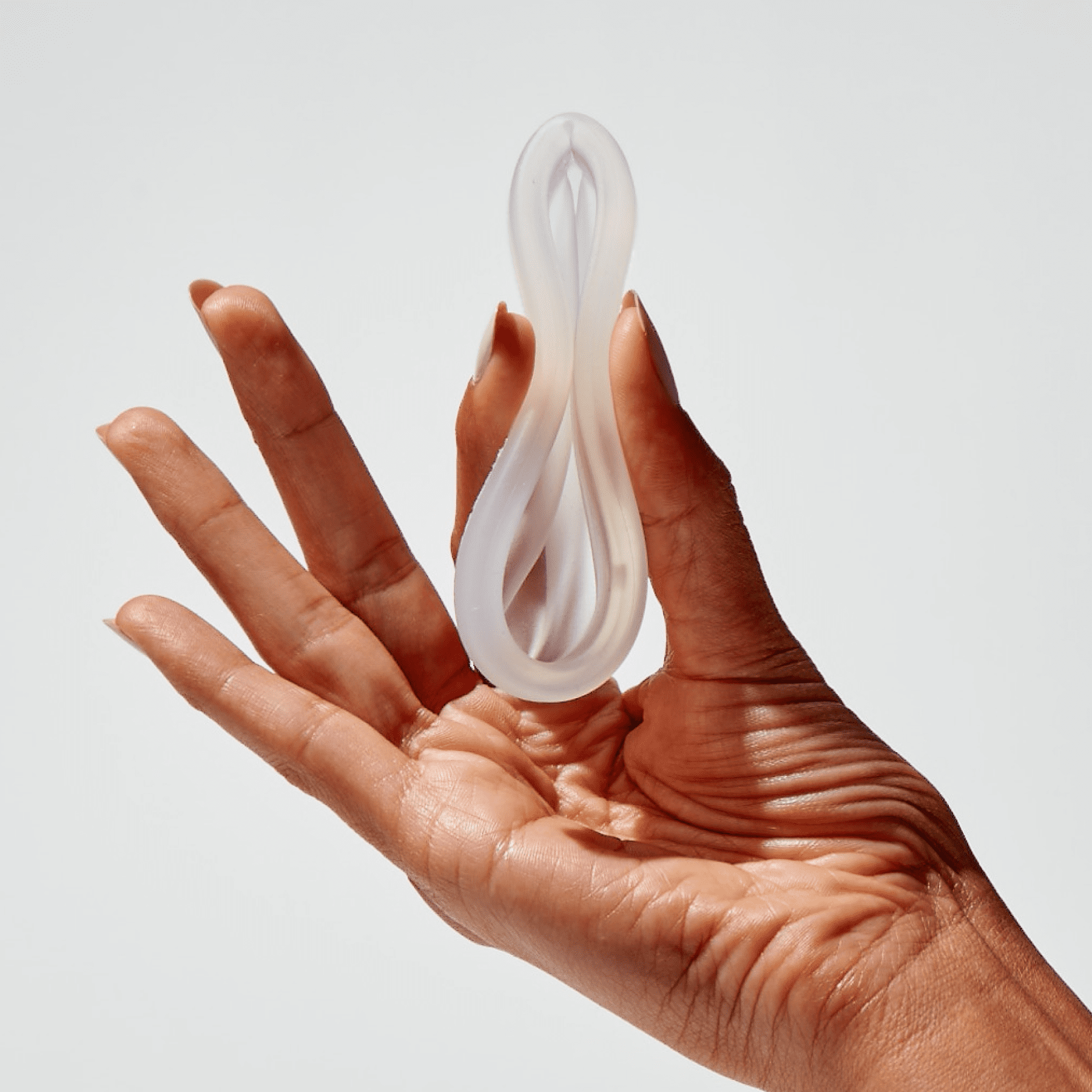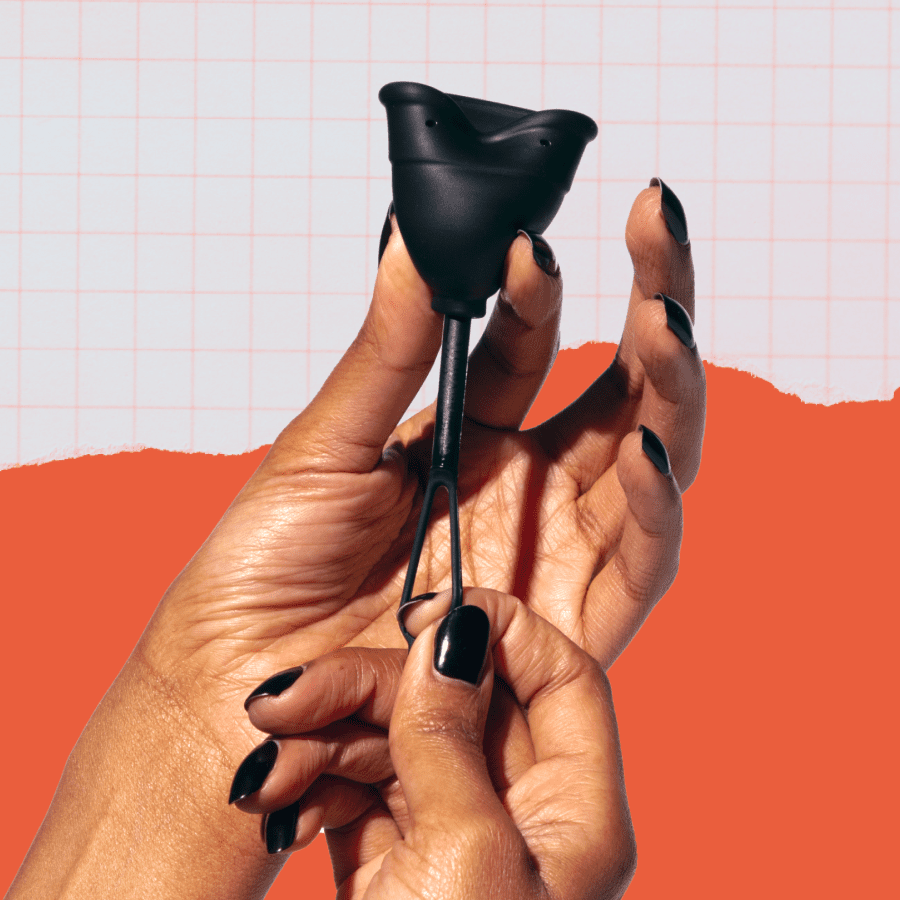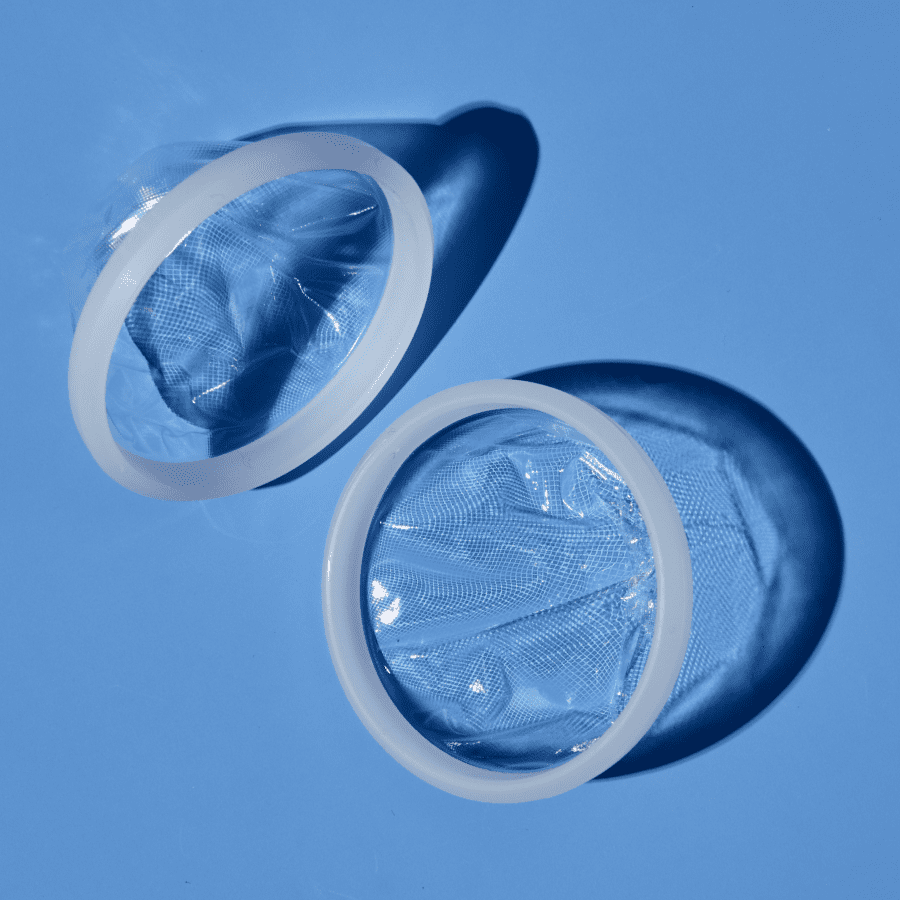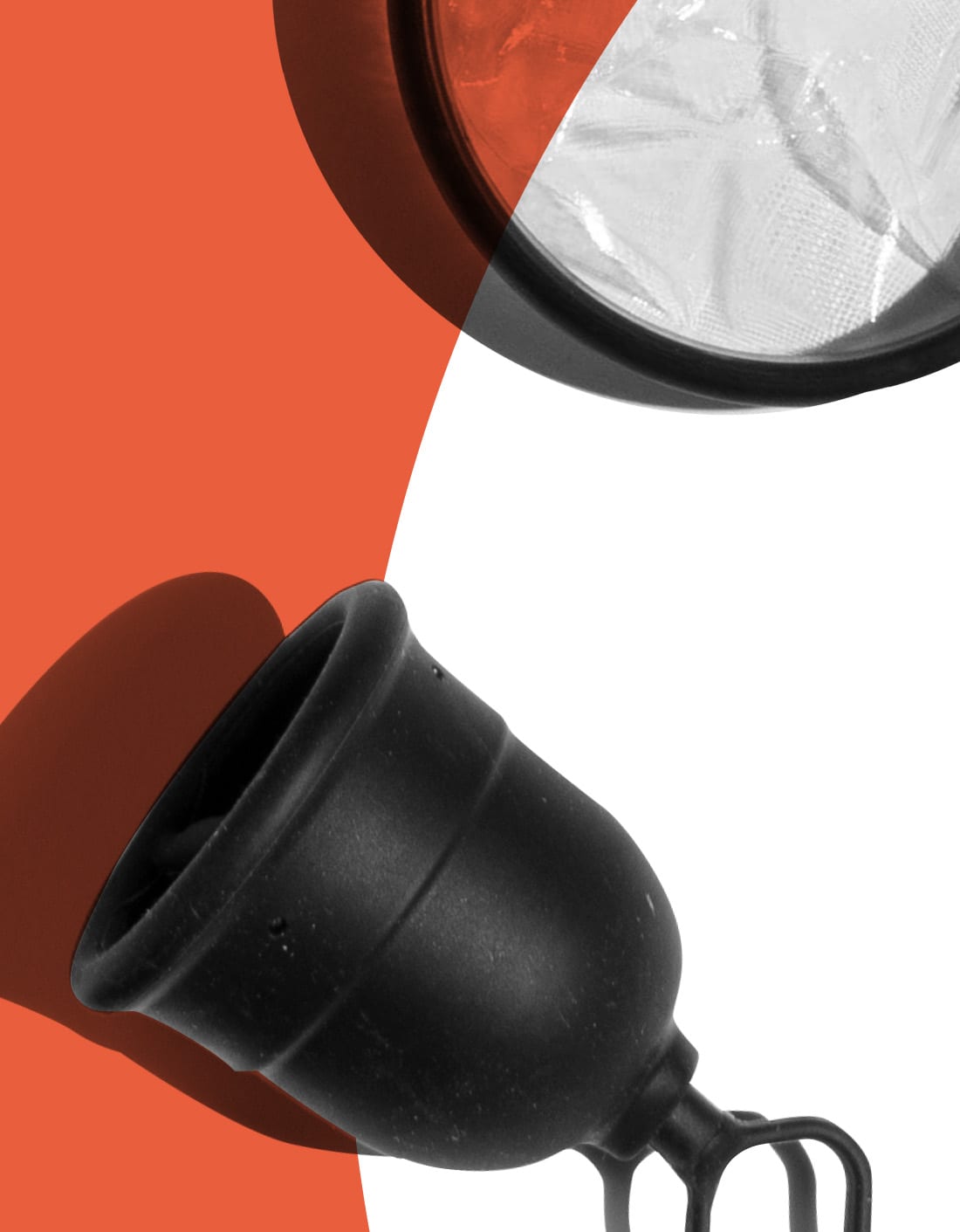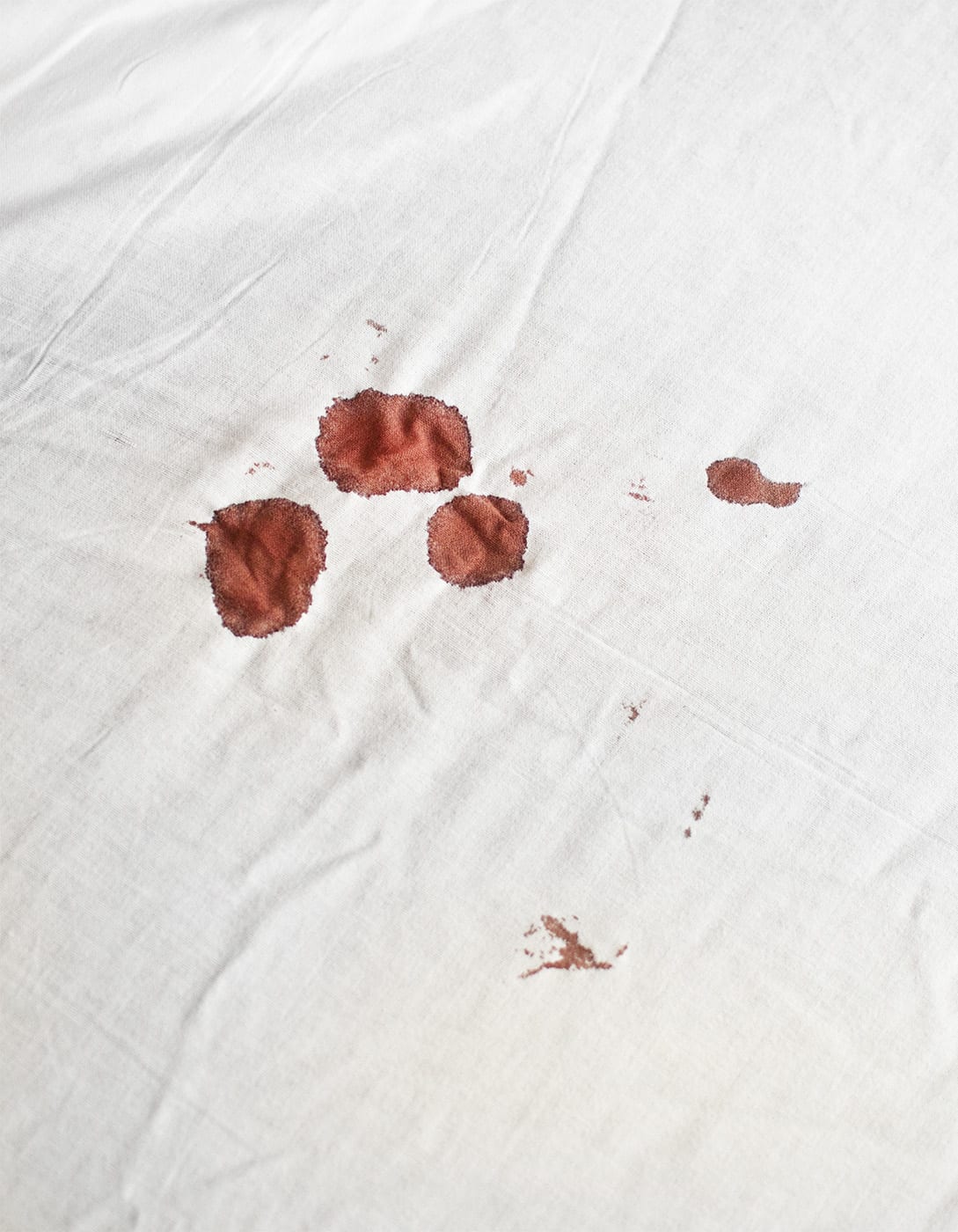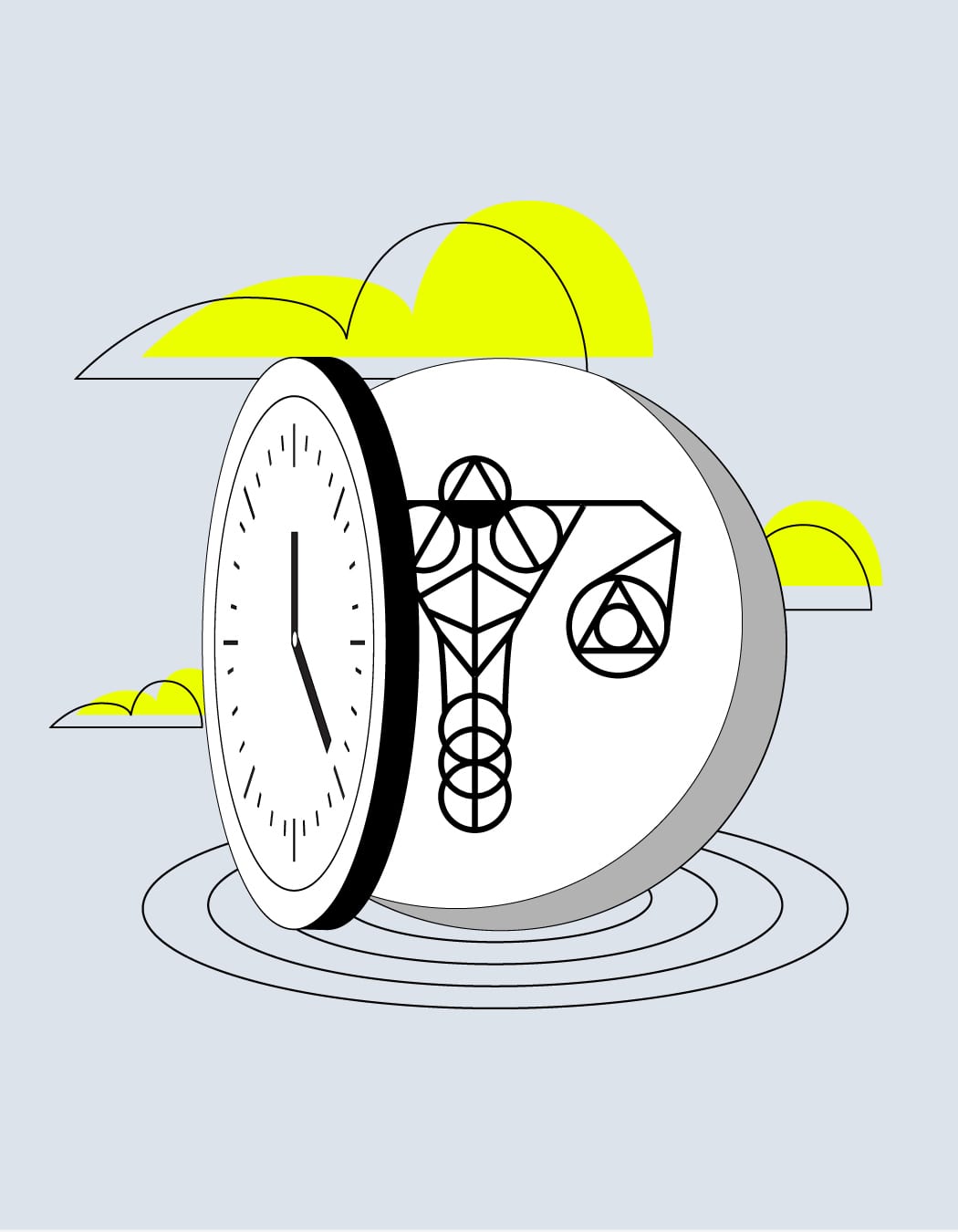What is the vaginal fornix?
The low-key superstar of vaginal anatomy
The vaginal fornix may not have made it into your high school anatomy textbook, but in our eyes, it’s the real MVP. Here’s what you should know:
The vaginal fornix – or fornices – (from the Latin Fornix Vaginae, meaning arch or vault of the vagina) is the widest part at the end of the vaginal canal, forming a dome shape around the cervix. (Hint: This is where the Flex Disc™ sits for up to 12 hours at a time while you’re on your period.)
The opening of the cervix (external OS and ectocervix) is shaped a little bit like a donut, if that donut had a really, really small hole. The space that exists between the opening of the cervix and the wider posterior wall of the vagina wall is what makes up the vaginal fornices, it also allows the slight protrusion of the cervix into the vaginal canal. At the other end of the cervix, is the internal os, facing the uterus side.1
To understand what this space looks and feels like, try puckering your lips like you’re going in for a very exaggerated peck. Wrap your pointer finger and thumb around your lips, one on top and one on the bottom, as if you were making an “okay” symbol with that hand. That weird shape you just created is (more or less) what the fornix of your uterus looks like if you were to peer up your own vagina.
Note that, there are other fornices in your body. The cerebral fornix is a bundle of white matter that connects various parts of a limbic circuitry and is believed to play a key role in cognition and episodic memory recall. All super interesting, but in this article, we only talk about the anatomy of the vagina and the vaginal fornices.
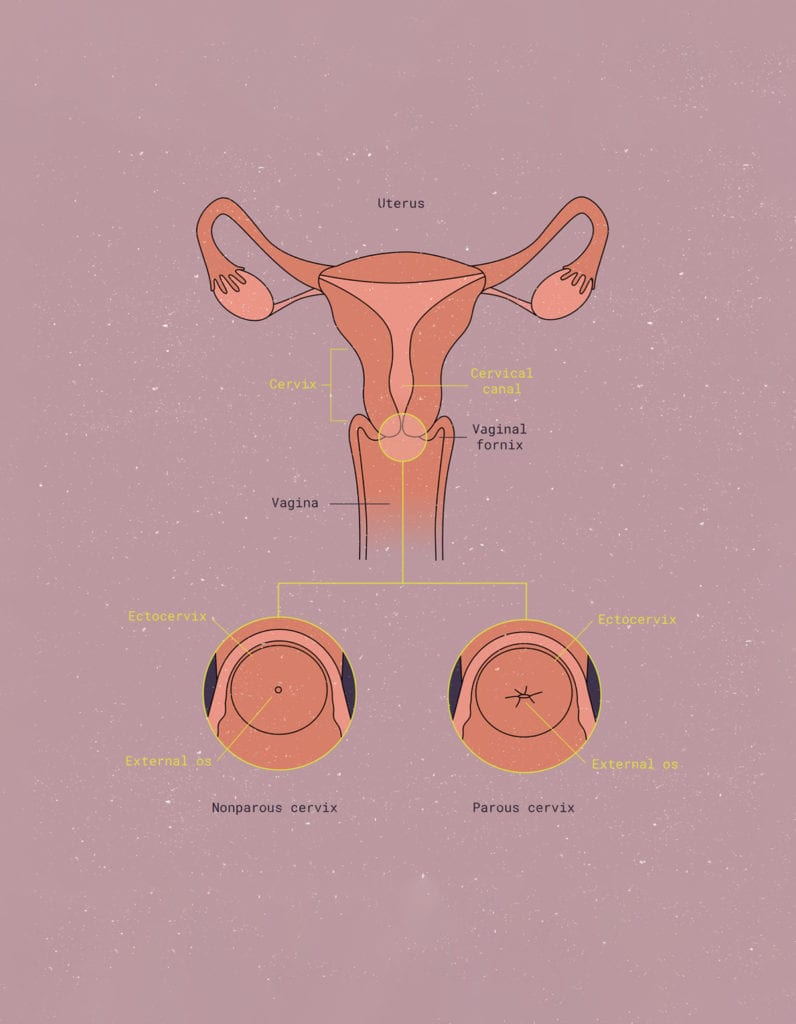
What is the vaginal fornix and what is its function?
The vaginal fornix is a crucial part of the female reproductive system. It refers to the upper vagina, where it meets the cervix. During sexual intercourse, the fornices can expand to accommodate penetration, and it also serves as a storage area for sperm after intercourse.
Fornices of Uterus
The vaginal fornix consists of a series of recesses or pockets that surround the cervix. These fornices are named based on their location in relation to the cervix. Each one of the fornices has a slightly different shape and depth, allowing for flexibility and movement during sexual activity. Among these spaces, the posterior fornix creates the deepest pocket, while the anterior and lateral fornices form more subtle, smaller recesses.
1. The Anterior Fornix
Located towards the front of the vagina and closest to the pubic bone. It is often referred to as the “deep spot” or the “A-spot” due to its sensitivity and potential for pleasurable sensations. During sexual intercourse and especially in the missionary position, the tip of the penis may naturally make contact with the anterior fornix, as this position allows for forward-angled penetration.
2. The Posterior Fornix
Is the back part of the vaginal fornix, which is situated towards the rear of the body close by the G-Spot. It is closer to the cul-de-sac/rectum and can also be pleasurable to stimulate during certain sexual activities.
3. The Lateral Fornices
Located on each side of the cervix, they form a circular shape around it. These fornices can also be stimulated during sexual activity and play a role in providing pleasure and support.
The uterine fornix function during sex
Sometimes, the body of the fornices is referred to in two parts: the anterior (in the front) and the posterior fornix (towards the back). But, what’s its function? Interestingly, the posterior part is shaped in a way that’s conducive to getting you pregnant. Its pocket-like shape allows your body to catch and retain ejaculated semen at the back of the vagina.2

The semen can hang out in the posterior fornix for up to 20-30 minutes, after which it liquefies. The natural shape of the vagina and cervical mucus work together during this process, helping the sperm move toward the cervical canal.3
The Anterior is also known as the Anterior Fornix Erogenous Zone (AFE) or A-Spot. Located at the top of the vaginal wall, studies suggest that A-spot stimulation may provide pleasure and increase lubrication, helping AFABAFAB stands for “assigned female at birth.” individuals effectively reach orgasm. In a study, most individuals reported increased arousal and lubrication after stimulation of this spot for 10-15 minutes.4
If you love period sex but hate dealing with stained sheets, your vaginal fornix might just be your new favorite body part. You can have mess-free period sex by popping in a Flex Disc before getting busy. Thanks to your fornices (and your pubic bone), the disc stays in place.
During period sex, the Flex Disc may even intensify orgasms by rubbing up gently against the cervix. Your average orgasm through clitoris stimulation is typically centered around the vagina, with sensations that last only last a few seconds. When the cervix is stimulated, however, the pressure can build up and result in full-body orgasms that may last longer than usual.5 The vaginal fornix is the little space that makes this all possible.
We’ve been asked if the Flex Disc can be used in place of birth control. It is important to emphasize that Flex® is not a contraceptive.
The vaginal fornix & period protection
When it comes to period protection, the Flex Disc is designed to sit in the vaginal fornix. We recommend inserting the disc down and back, pushing the rim all the way into the posterior fornix (it feels like it’s going really far back, but it can’t get lost!).
Once the back is secured, the front of the disc finds its rightful place along the front-facing side of the vaginal canal. Your pubic bone acts like a retaining wall or a ledge, holding the disc snugly in place around your cervix.
Tip: You’ll know it’s in the right position when you can’t feel anything.
Helena shows us how the Flex Disc is inserted into the vaginal fornix with a 3D model.
Even though no one really talks about the vaginal fornices, we’re here to sing its praises. This small but mighty vaginal space allowed us to create products that help us bleed easier every month. Stress- and mess-free periods, brought to you by the fornix and its trusty sidekick, the Flex Disc.
Had you ever heard of the vaginal fornix before? Have questions about the role it plays during sex, orgasm, or your period? Write to us at thefornix@flexfits.com.

This article is informational only and is not offered as medical advice, nor does it substitute for a consultation with your physician. If you have any gynecological/medical concerns or conditions, please consult your physician.
© 2025 The Flex Company. All Rights Reserved.
- Anatomy of the Female Pelvis. (n.d.). National Cancer Institute. Retrieved from training.seer.cancer.gov/cervical-uterine/anatomy/[↩]
- The Vagina: Structure, Function, Histology. (n.d.). TeachMeAnatomy. Retrieved from teachmeanatomy.info/pelvis/female-reproductive-tract/vagina/[↩]
- Wildt, L., Kissler, S., Licht, P., & Becker, W. (1998). Sperm transport in the human female genital tract and its modulation by oxytocin as assessed by hysterosalpingoscintigraphy, hysterotonography, electrohysterography and Doppler sonography. Human reproduction update, 4(5), 655–666. https://doi.org/10.1093/humupd/4.5.655[↩]
- Chua Chee Ann (1997) A proposal for a radical new sex therapy technique for the management of vasocongestive and orgasmic dysfunction in women: The AFE Zone Stimulation Technique, Sexual and Marital Therapy, 12:4, 357-370, DOI: 10.1080/02674659708408179[↩]
- Possible to penetrate the cervix during sex? (2009, August 28). Go Ask Alice! Retrieved from goaskalice.columbia.edu/answered-questions/possible-penetrate-cervix-during-sex[↩]
